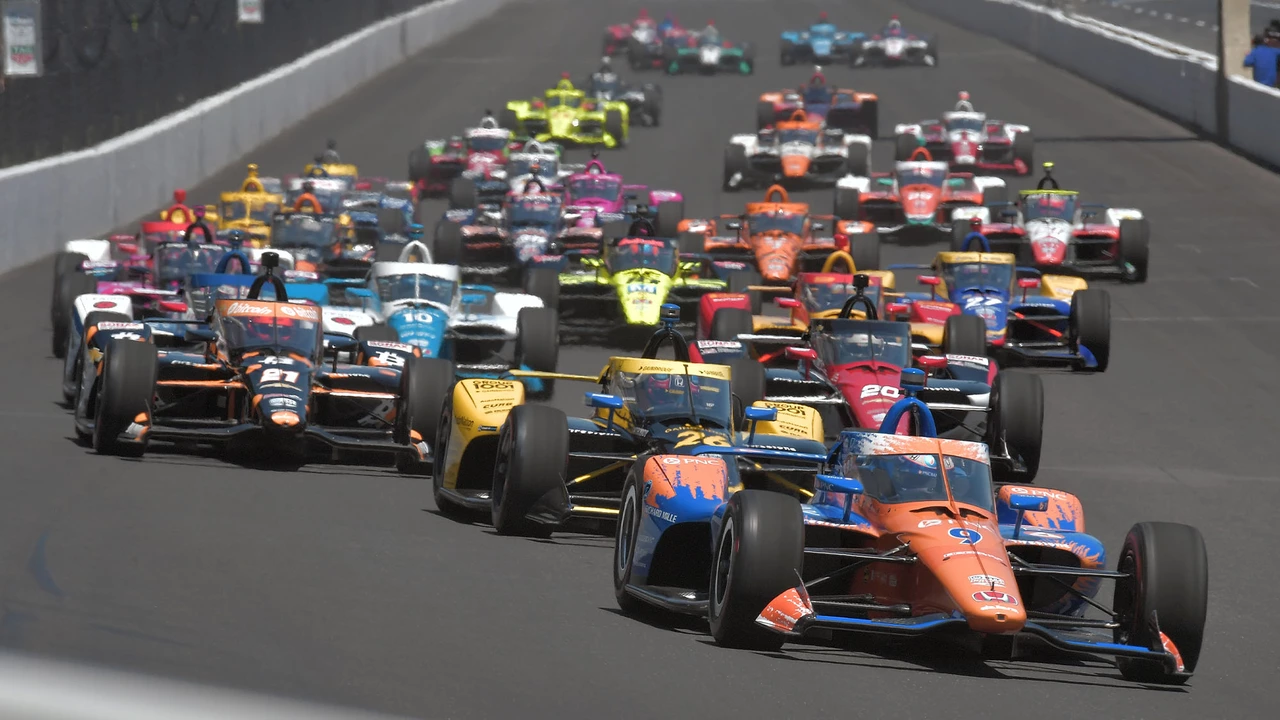IndyCar: Fast‑Paced Open‑Wheel Racing Explained
If you love the roar of engines and the thrill of cars dancing around a track, IndyCar is the sport to watch. Unlike many series, IndyCar mixes street circuits, ovals, and road courses, giving fans a fresh challenge every weekend. The cars pack about 700 horsepower and can hit 200 mph on a straight, so the action never slows down.
Getting into IndyCar is easier than you think. Start by picking a favorite driver – maybe a seasoned champion or an up‑and‑coming rookie – and follow their social media for behind‑the‑scenes glimpses. Then, grab a race schedule and mark the big events like the Indy 500, Grand Prix of St. Petersburg, and Texas Motor Speedway. Most races stream live on major sports platforms, and many tracks offer free live timing apps that show lap times in real time.
Why IndyCar Thrills Fans
First, the variety. One weekend you might watch a tight street race in Long Beach, the next you’re cheering on a high‑speed duel on a 2‑mile oval. That mix means drivers need to be adaptable, and you get to see different racing styles side by side.
Second, the competition is tight. The cars are built to be as equal as possible, so races often come down to driver skill and team strategy rather than who spent the most on machinery. You’ll see plenty of overtakes, daring passes, and nail‑biting finishes.
Third, the fan experience is personal. IndyCar venues are known for affordable tickets, easy access to the pits, and driver meet‑and‑greets. You can walk the track, feel the rumble of the engines up close, and even get a photo with your favorite driver after the race.
How to Stay Updated on IndyCar Action
Sign up for the official IndyCar newsletter – it lands in your inbox with race recaps, driver interviews, and exclusive content. Follow the series’ YouTube channel for race highlights and in‑depth analysis. If you prefer social media, the IndyCar Twitter feed posts live timing updates, race alerts, and quick memes that keep the excitement flowing.
For deeper insights, check out fan forums and Reddit’s IndyCar community. People share track‑specific tips, such as the best viewing spots at the Indianapolis Motor Speedway or the fastest pit lane entry at the Detroit Grand Prix. You’ll also find recommendations for podcasts that break down race strategy in simple terms.
Finally, experiment with fantasy IndyCar leagues. Pick a squad of drivers, earn points based on their finishes, and compete with friends. It adds a layer of personal investment to each race and makes every overtake feel like it matters to your own leaderboard.
Whether you’re a casual viewer or a dedicated fan, IndyCar offers a blend of speed, strategy, and accessibility that keeps the sport growing. Dive in, follow a few drivers, catch a race, and you’ll quickly understand why the IndyCar community is so passionate about their open‑wheel heroes.
